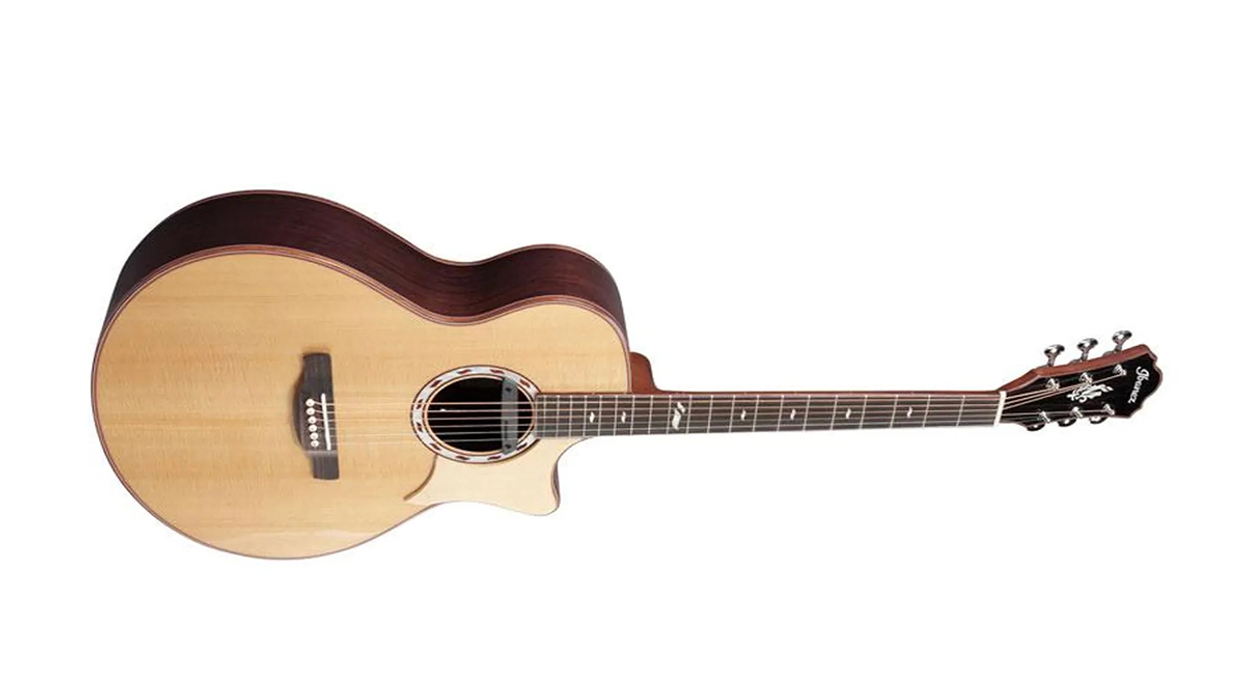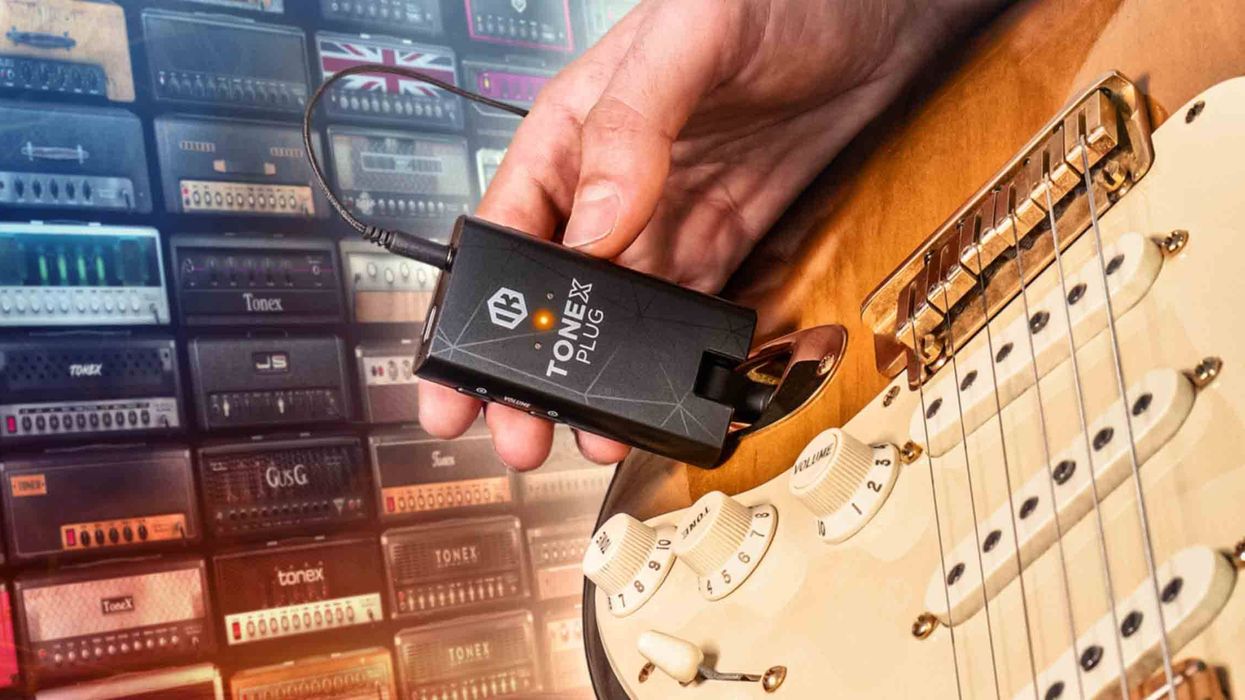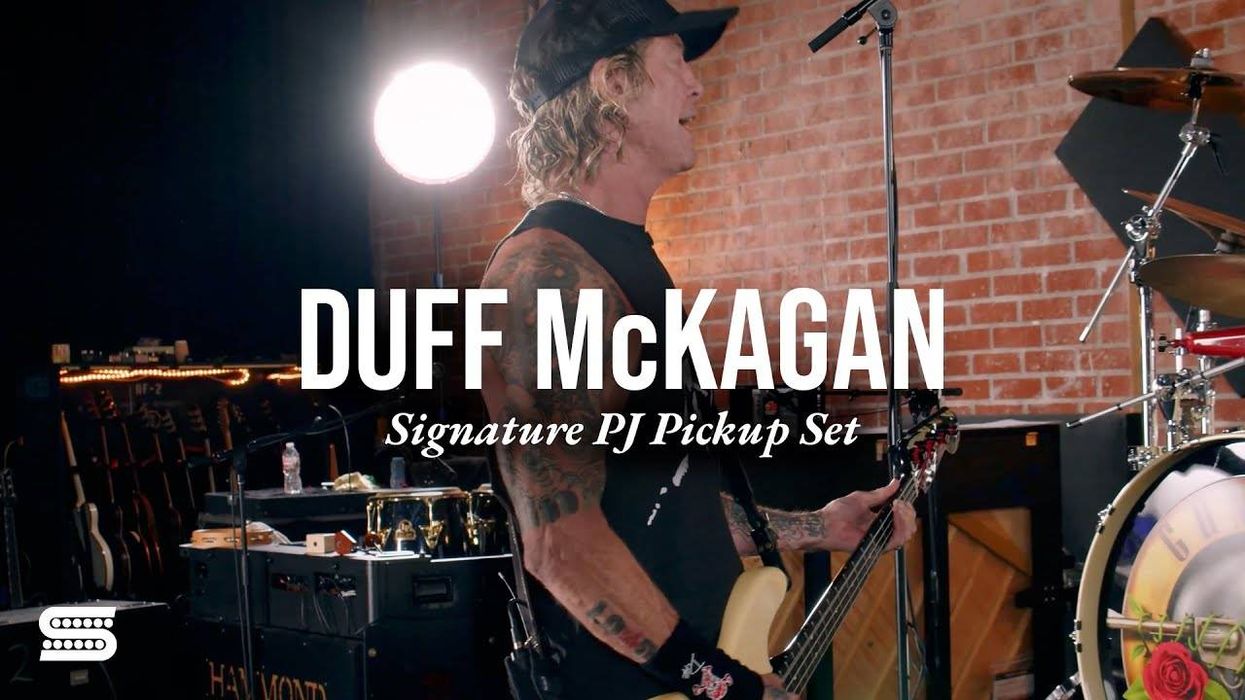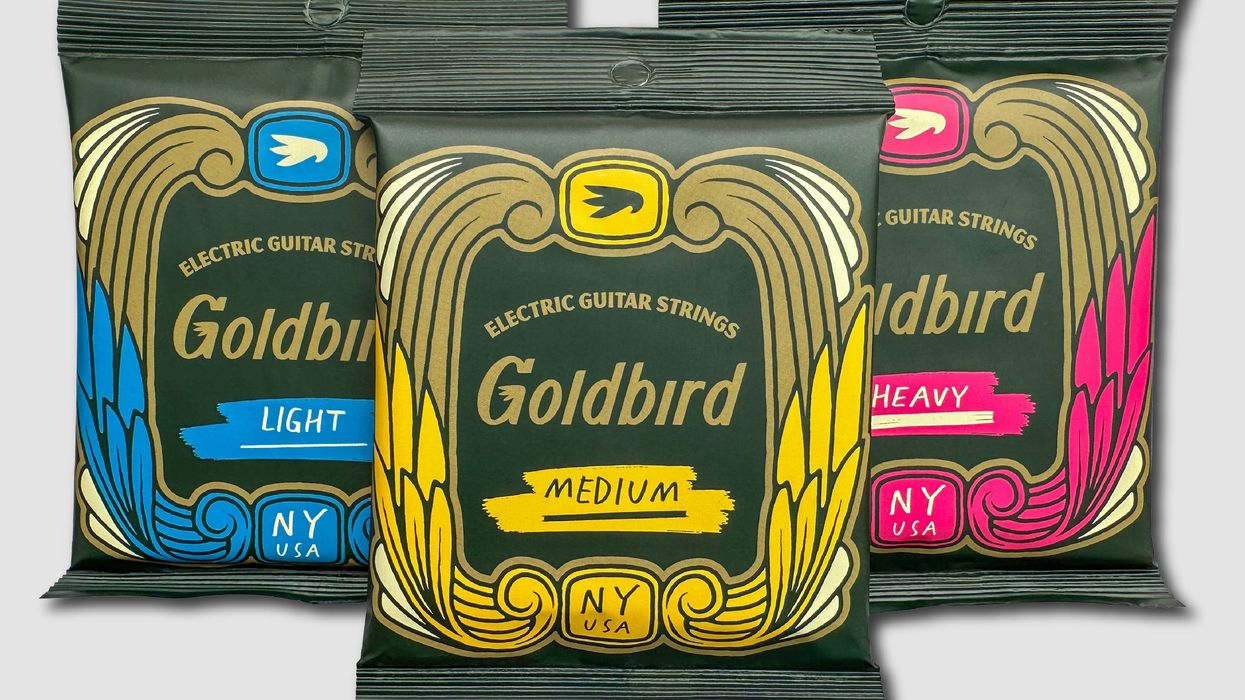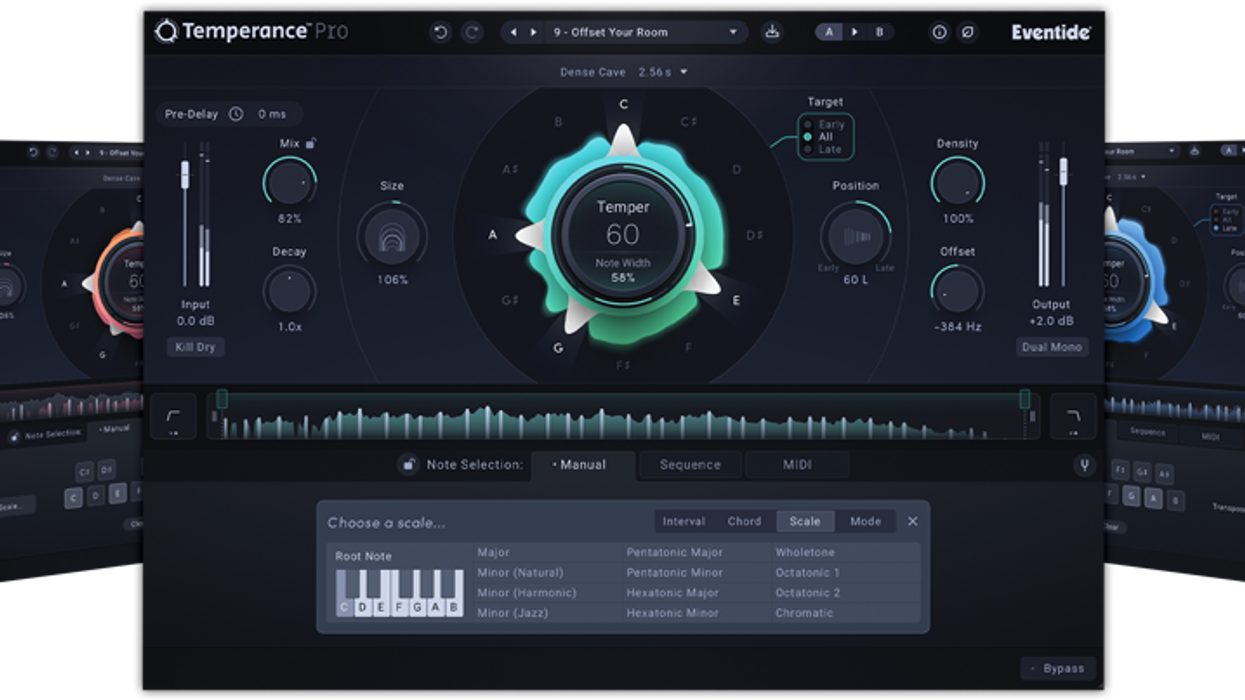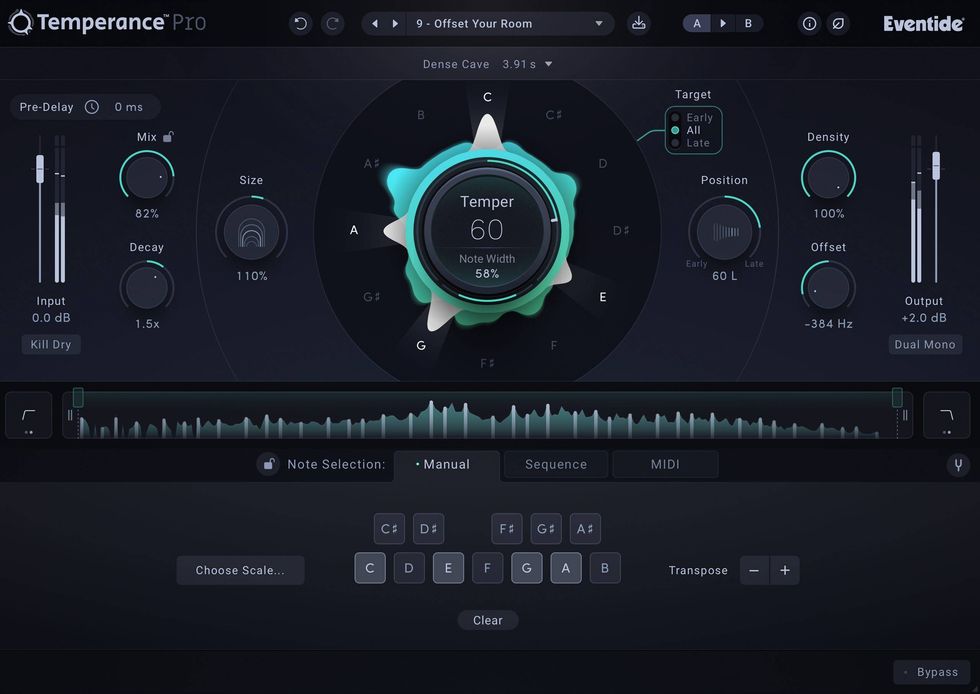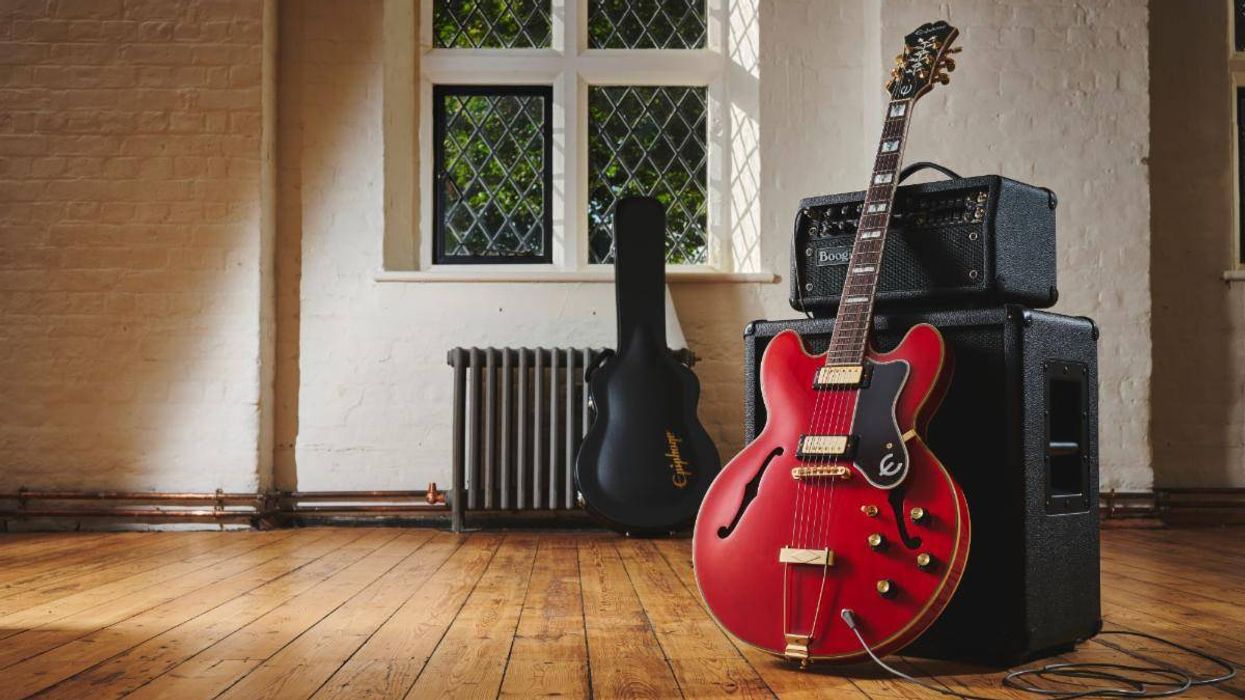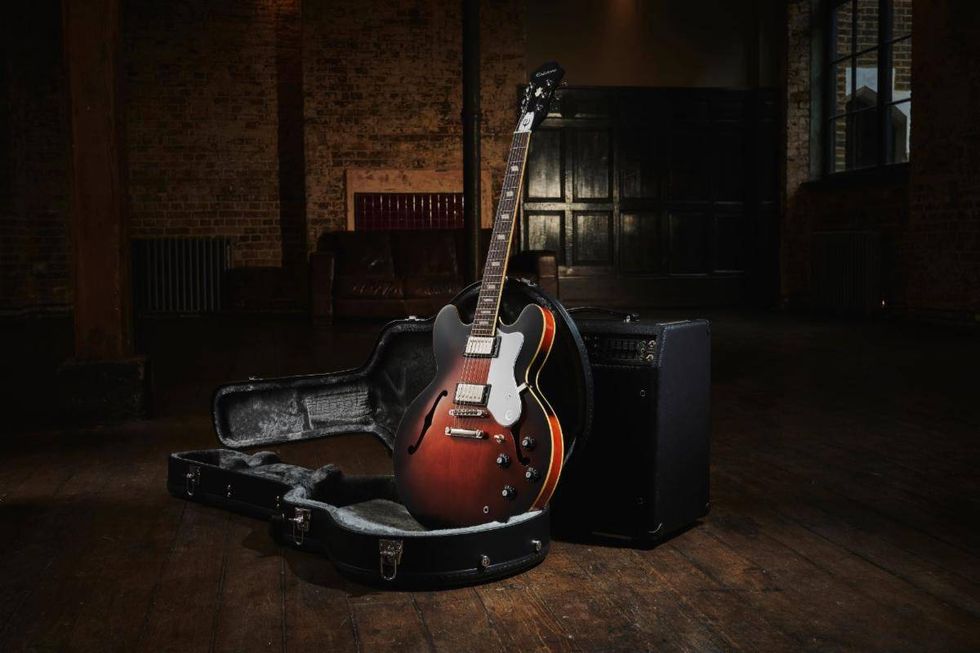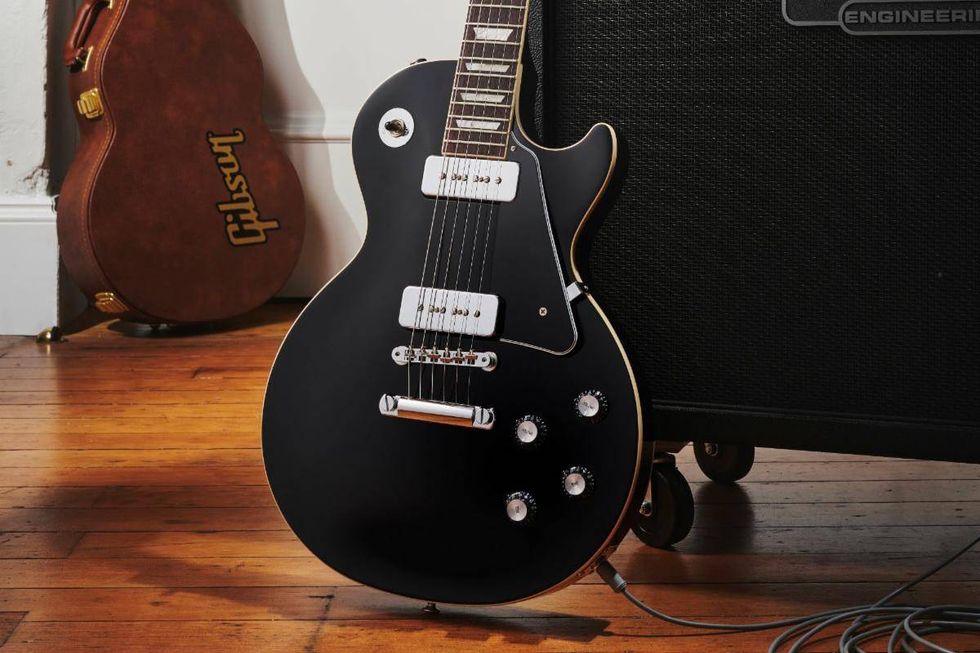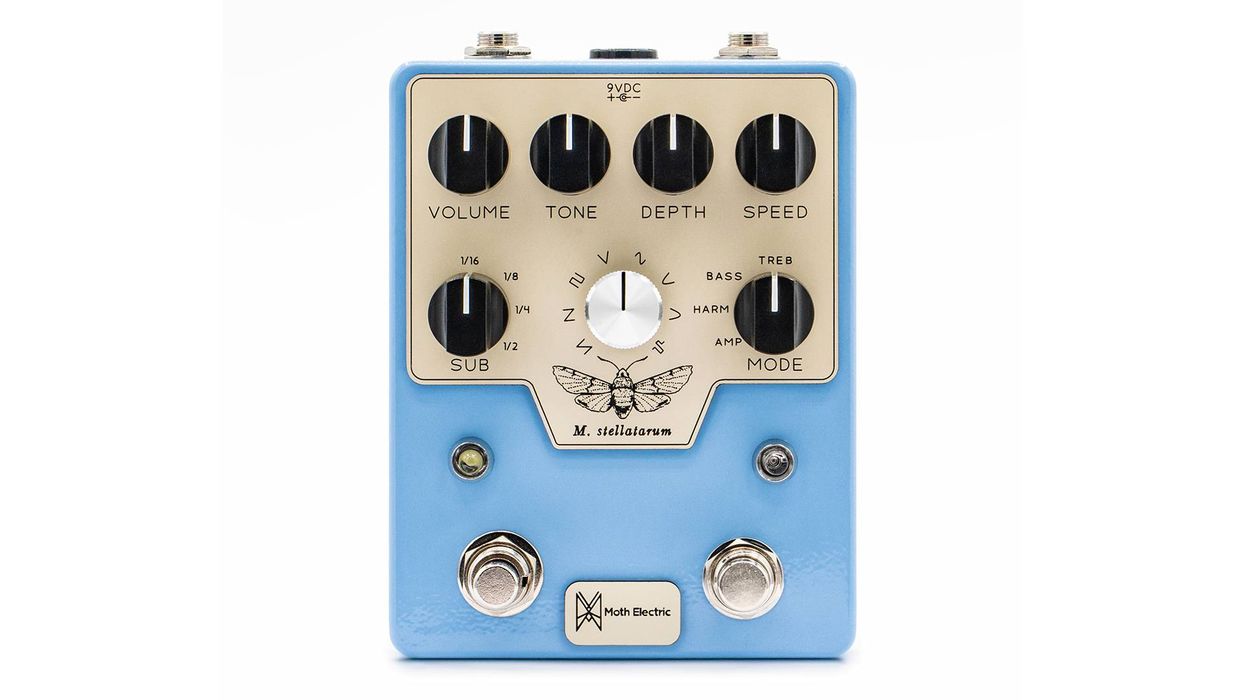Ibanez' newest acoustic model comes from YouTuber and America's Got Talent alum, Marcin.
Marcin has made a name for himself and built a following by sharing his musicianship and exceptional fingerstyle technique with the world across a variety of social media platforms. He first gained the attention of his native Poland and ultimately the world after winning the 9th season of the Polish talent show, Must be the Music in 2015. Winning this competition helped springboard his career by providing the resources to release his debut album, HUSH. He later competed on America's Got Talent, which raised his international profile even further, while his continued presence on Instagram and TikTok led to praise from high-profile guitarists such as Tom Morello, Paul Stanley, Dweezil Zappa, Tosin Abasi, and Vernon Reid. Then, in 2018, Marcin officially became an Ibanez artist, and he went on to become one of the brand’s most recognizable acoustic artists.
"To make the guitar unique and stand out from others, I wanted the main focal point to be a really bright, white mother of pearl rosette combined with red flame-inspired elements, which loosely references my logo. This serves as the main signature feature of the guitar from an aesthetic standpoint," says Marcin.
Features
- AE body
- Solid Sitka Spruce top
- Pau Ferro back & sides
- Nyatoh neck (satin finish)
- Macassar Ebony fretboard & bridge
- 44mm width nut
- Specially designed Mother Of Pearl inlay
- Pau Ferro body binding
- Bone nut & Compensated Bone saddle
- Gotoh Chrome SGS510Z tuners (18:1 gear ratio)
- Fishman Rare Earth Mic Blend Active Soundhole, Tap pickup
- Fishman Rare Earth Mic Blend Active Soundhole Pickup preamp
- Ibanez Advantage™ Bridge pins with Red dot
- D'Addario® XTAPB1253 strings
- X-M Bracing with a reinforcing wood plate for body tapping
- Scratch Pad
- Finish: Natura
Marcin - Acoustic Power Solo | Ibanez MRC10 Signature Guitar
The MRC10 is expected to be available sometime in January 2023. Street Price: $1499.99. For more information, please visit ibanez.com.
